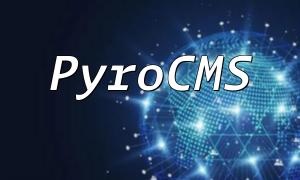The lchown() function is a file permission modification function in PHP, used to change the owner of a symbolic link’s file or directory. It is similar to the chown command in Linux, but it only affects the last symbolic link in the path. If there are multiple symbolic links in the path, the chown() function should be used instead.
The syntax of the lchown() function is as follows:
bool lchown(string $filename, mixed $user)
The lchown() function has two parameters:
Here’s an example showing how to use the lchown() function to change the file owner:
$filename = "/var/www/html/test.txt";
$user = "root";
if (lchown($filename, $user)) {
echo "File owner changed to: " . $user;
} else {
echo "Failed to change file owner";
}
The code above changes the owner of the test.txt file to the root user. If successful, it will print “File owner changed to: root”; otherwise, it will print “Failed to change file owner”.
Here’s an example showing how to use the lchown() function to change the owner of a directory:
$dirname = "/var/www/html/test_dir";
$user = "root";
if (lchown($dirname, $user)) {
echo "Directory owner changed to: " . $user;
} else {
echo "Failed to change directory owner";
}
The code above changes the owner of the test_dir directory to the root user. If successful, it will print “Directory owner changed to: root”; otherwise, it will print “Failed to change directory owner”.
You can also change the owner of a file or directory to a numeric user ID (UID) or group ID (GID). Here’s an example:
$filename = "/var/www/html/test.txt";
$user_id = 1001;
if (lchown($filename, $user_id)) {
echo "File owner changed to: " . $user_id;
} else {
echo "Failed to change file owner";
}
The code above changes the owner of the test.txt file to the user with UID 1001. If successful, it will print “File owner changed to: 1001”; otherwise, it will print “Failed to change file owner”.
Here are a few important things to keep in mind when using the lchown() function:
The lchown() function is used in PHP to change the owner of a file or directory. It only affects the last symbolic link in the path. If there are multiple symbolic links, you need to use the chown() function. Make sure you have superuser privileges when using this function.









